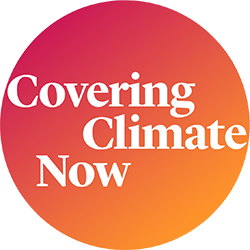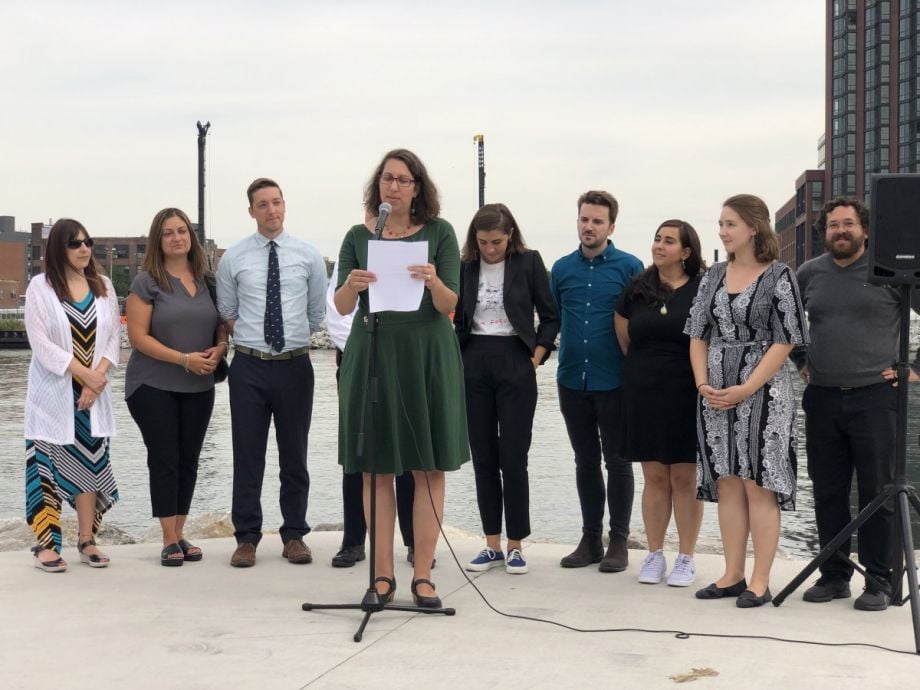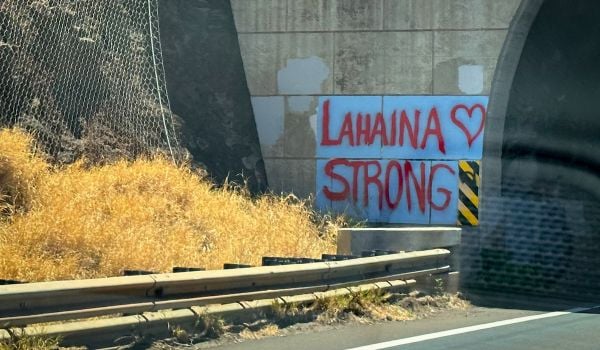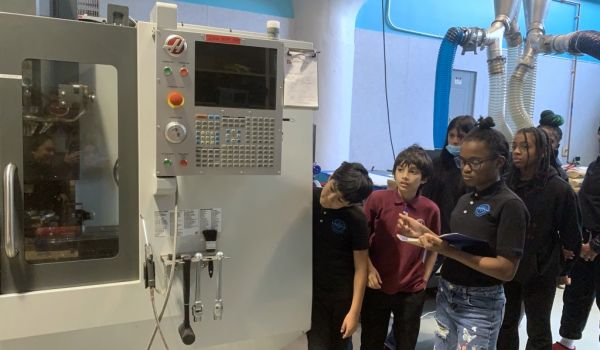Next City is a partner in #CoveringClimateNow, a global collaboration of more than 250 news outlets to strengthen coverage of the climate story. Read Next City’s other stories for this initiative here.
When Daniel Agosto was an undergraduate at Purchase College, in upstate New York, he learned something surprising about his home state: It was home to one of the world’s largest oil spills, in which an estimated 17 to 30 million gallons of oil and carcinogenic chemicals came to pollute Newtown Creek, running between Brooklyn and Queens in New York City.
Oil refineries began spilling and dumping fuels and toxic chemicals into the water and soil of Newtown Creek starting in the 1870s. Despite an underground explosion fed by accumulated oil and gas in 1950, alongside persistent health problems for those who lived nearby, it wasn’t until 1978 the city recognized the massive spill — not the result of one distinct event but the toxic culmination of 140 years of spillage. It took until 2010 for the federal government to declare Newtown Creek a Superfund site.
The lack of awareness regarding this longstanding environmental crisis — which persisted as regulators looked the other way to protect oil companies from any liability — is on Agosto’s mind as a teacher at Hunter’s Point Community Middle School in Queens.

This fall, Agosto is introducing new curriculum to his sixth-grade history class focused on Newtown Creek. It will not only cover environmental injustices of the past, but ask students to consider the creek in a future of climate change. By the end of the curriculum, his students will brainstorm solutions to protect the creek and its surroundings as the climate increasingly transforms New York.
“There’s a lot of questioning from students about climate change — they’re asking why, why did we allow this to happen?” Agosto says. “This curriculum asks how we’ll adapt to climate change, which is such a huge topic.”
The Newtown Creek Urban Ecology STEM Curriculum is the result of a partnership between Newtown Creek Alliance and Hunters Point Parks Conservancy. The Alliance was formed in 2002 with a goal of “restoring, revealing and revitalizing” Newtown Creek. The Conservancy is a nonprofit working to support the waterfront parks that stretch across Long Island City, Queens, to the mouth of the creek.
This fall, students between fourth and eighth grades at two schools near the creek, Hunters Point Community Middle School and PS/IS 78, will take on both fieldwork and applied learning as part of the curriculum. It follows a successful pilot at four Greenpoint, Brooklyn schools last year inspired by a solutions-based Urban Ecology curriculum developed by Gowanus Canal Conservancy in Brooklyn. (The Gowanus Canal is another deeply-polluted waterfront in New York, also declared a Superfund site in 2010.)
“The first year we tried to cover the basics: the physical characteristics, water quality, soil quality, flora and fauna, the watershed and sewershed,” says Lisa Bloodgood, the Newtown Creek Alliance director of advocacy and education. “What we heard from our teachers is that we need to know more about the history of the creek, and we want to talk to our students about climate change.”
There is a significant threat to the creek posed by climate change and increasing frequency of storms. According to Bloodgood, about 1.2 billion gallons of stormwater and raw sewage flow into the creek every year after nearby treatment plants are overwhelmed by rain. Overflows are triggered by as little as one tenth of an inch of rain, she adds.
After securing a grant, the Newtown Creek Alliance and Hunters Point Parks Conservancy added two new units within the existing curriculum: one on climate change adaptation and one on the history and geography of Newtown Creek and its surroundings. They introduced the new curriculum to nine teachers over a training this summer.
The climate change unit focuses on adaptation, as opposed to mitigation. (“Limited time and limited resources” was behind the decision, according to Bloodgood.) That means the curriculum will ask students to consider how the creek and surrounding residents can adapt and come up with solutions to changes already in motion. Field trips to Hunter’s Point South Park — designed with urban flood resiliency in mind — will complement the unit.
The students’ proposed solutions will build off progress in returning Newtown Creek to a healthy, biodiverse waterway. Upgrades to the wastewater treatment plant in 2014 markedly reduced incidents of raw sewage overflows, therefore improving the water quality, while the Department of Environmental Protection has set new regulations and started installing green infrastructure such as bioswales. But Bloodgood points out there is a still a long way to go, including managing the overflows and installing more green infrastructure. There are also active oil spills that continue to pollute the waterway.
The strength of the curriculum, educators say, is taking students to experience this all in person. Agosto notes that hands-on activities focused on climate change — like using a sponge and tin pan to introduce the concept of sponge cities, and usefulness of bioswales to catch excess rainwater runoff — already resonate with his students. “It’s just powerful to show them these techniques,” he says. “The park as a resource is amazing because we can show them what sustainable design looks like.”
“Working with younger people is the way to start changing hearts and minds” about the creek and its future, Bloodgood says. “We want to help develop brains to be the critical thinkers we need to solve a lot of these problems.”
EDITOR’S NOTE: We have updated the headline of this article to accurately reflect that the new schools participating in the curriculum are in Queens, although the curriculum was originally tested in Brooklyn. Next City sincerely regrets the error.

Emily Nonko is a social justice and solutions-oriented reporter based in Brooklyn, New York. She covers a range of topics for Next City, including arts and culture, housing, movement building and transit.
Follow Emily .(JavaScript must be enabled to view this email address)
















